A Hope After 18 Years: The Power of AI in Fertility
Infertility is a silent and often misunderstood struggle. For one couple, it meant 18 years of failed IVF treatments, emotional exhaustion, and disappointment. But their story changed dramatically, thanks to artificial intelligence.
The unnamed couple had tried everything—globally. Multiple IVF attempts yielded no success due to azoospermia, a rare male condition where the semen contains no measurable sperm. When hope was dimming, they discovered a new frontier in medicine: the STAR method, a revolutionary AI-powered system at Columbia University Fertility Center (CUFC).
🧬 What Is Azoospermia and Why Is It So Challenging?
Azoospermia affects about 1% of all men and 10–15% of infertile men. It’s caused either by a blockage (obstructive) or by testicular failure (non-obstructive). In many cases, traditional testing methods fail to detect any sperm at all, making IVF impossible.
Types of Azoospermia:
- Obstructive: Sperm is produced but can’t exit due to blockages.
- Non-obstructive: Sperm production itself is absent or extremely low.
Diagnosing hidden sperm is like finding a needle in a haystack. Enter: artificial intelligence.
🌟 Introducing STAR: Sperm Tracking and Recovery
Developed and tested at Columbia University Fertility Center, STAR (Sperm Tracking and Recovery) is a machine learning system designed to detect and isolate immotile or non-visible sperm in samples that were previously declared azoospermic.
How STAR Works:
- Microscopic Scanning: AI scans thousands of frames per second using digital microscopy.
- Pattern Recognition: It uses image recognition models to spot even dormant or non-motile sperm.
- Magnification & Precision: High-resolution AI cameras zoom in, identify, and flag potential sperm cells.
- Human Confirmation: Embryologists review AI-suggested samples and confirm sperm presence for IVF.
It’s the first time that AI has been used to such an extent in detecting non-visible sperm, giving hope to those considered untreatable.
🏥 The Landmark Case: From Despair to Delivery
The couple had traveled globally—Israel, Germany, India, and the U.S.—for treatment. All tests returned the same verdict: no viable sperm. Until Columbia’s STAR tech was used.
Using STAR, the AI system flagged a few sperm cells in the male partner’s semen, previously undetectable by human eye or standard analysis. These were carefully extracted and used in a highly precise intracytoplasmic sperm injection (ICSI) process.
➡️ The result?
A successful fertilization, pregnancy, and eventually, a healthy baby — after 18 long years.
🧠 Why AI Is a Game Changer in Fertility Medicine
The field of reproductive technology has been one of medicine’s most emotionally charged sectors. AI brings logic, accuracy, and the power of big data into play.
Key Benefits:
- Faster Detection: Traditional sperm detection may take hours. AI cuts this down significantly.
- Accuracy: Minimizes human error in identifying rare sperm cells.
- Non-Invasive Insights: Prevents unnecessary biopsies and surgical exploration.
- Cost-Effective: Potentially reduces the number of IVF cycles needed.
In short, it enhances outcomes, improves chances of conception, and reduces emotional and financial strain.
📊 The Broader Landscape of AI in Reproductive Medicine

AI is not only transforming sperm analysis, but also:
- Embryo grading and selection
- Endometrial receptivity tests
- Predictive analytics for IVF success
- Real-time hormone tracking
Startups and fertility centers globally are deploying AI to boost success rates and reduce trial-and-error in fertility treatments.
According to a report by Nature Medicine, AI-assisted embryo selection improves implantation rates by up to 30% compared to human judgment alone.
🧭 Ethical Considerations and the Road Ahead
While the STAR case is inspiring, it opens up ethical discussions:
- Is AI interpreting life creation?
- Will insurance cover such tech-assisted procedures?
- Who is liable in case of errors?
These debates are critical, but they don’t negate the life-changing potential AI offers in treating infertility — especially when everything else has failed.
📌 Who Can Benefit from AI-Assisted Fertility?
- Couples facing recurrent IVF failure
- Men diagnosed with azoospermia
- Couples with unexplained infertility
- Clinics seeking higher success rates and lower error margins
🌱 A Future Where No Door Stays Closed
The STAR breakthrough reaffirms that AI is not just about automation — it’s about augmentation. It’s empowering doctors with tools to make the invisible visible.
For the couple in this story, it wasn’t just about technology. It was about finally being able to hear the cry of a child they waited nearly two decades for. A reminder that behind every algorithm, there is a human story waiting for a miracle.
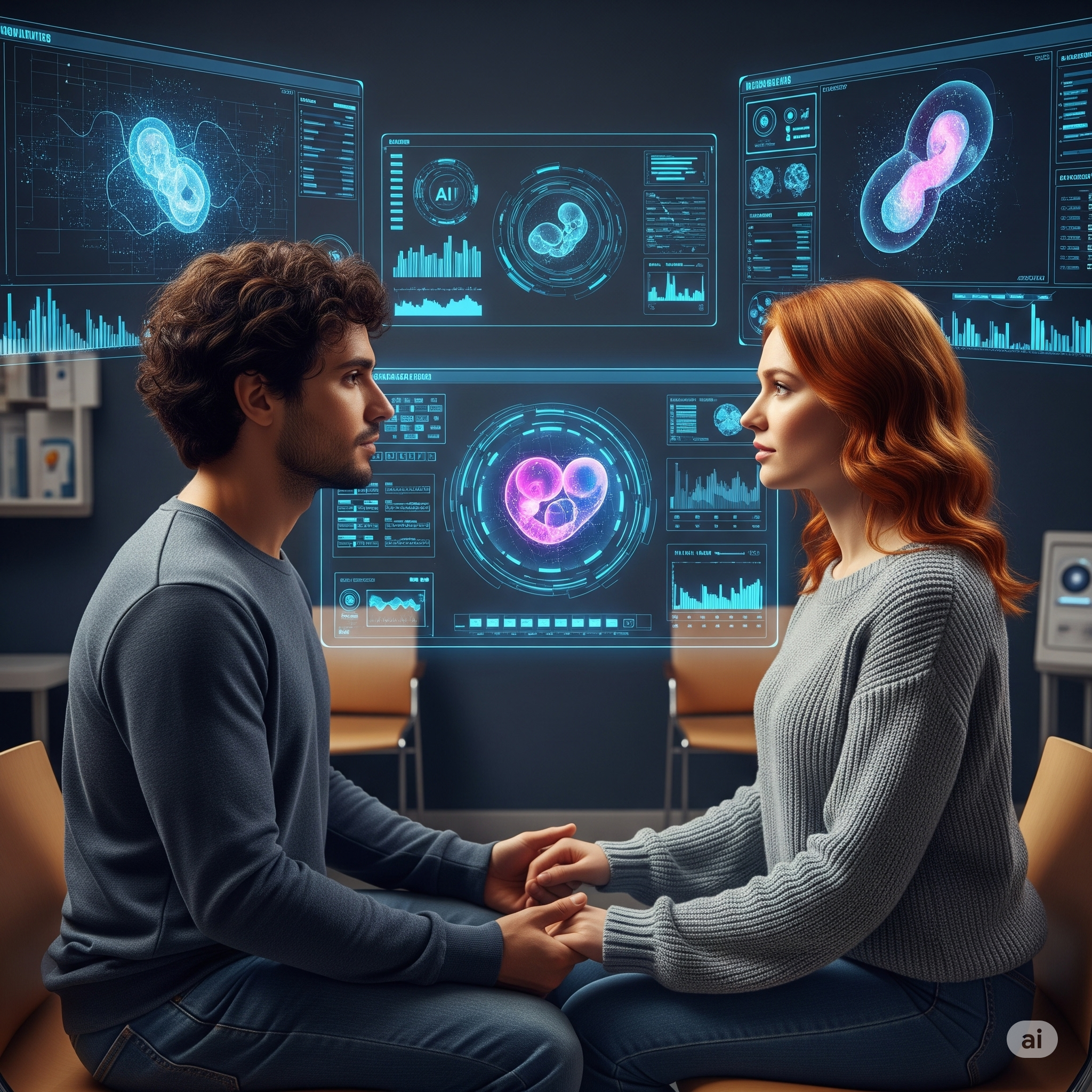
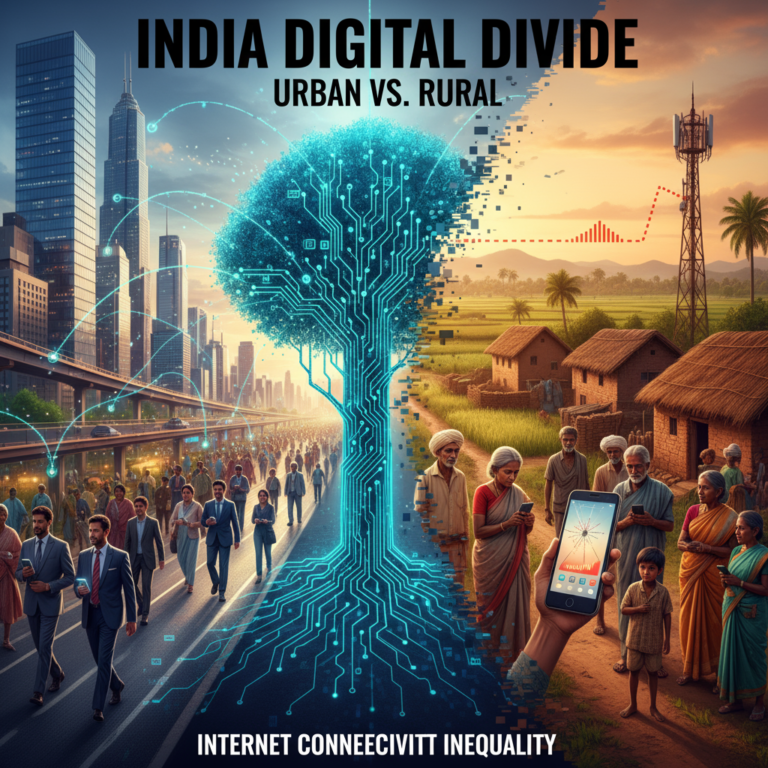

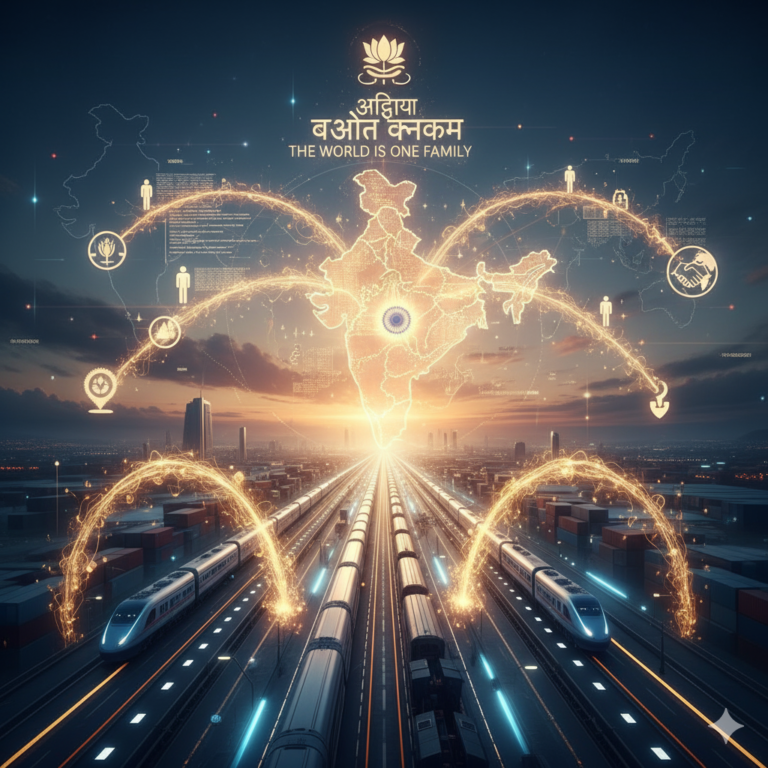
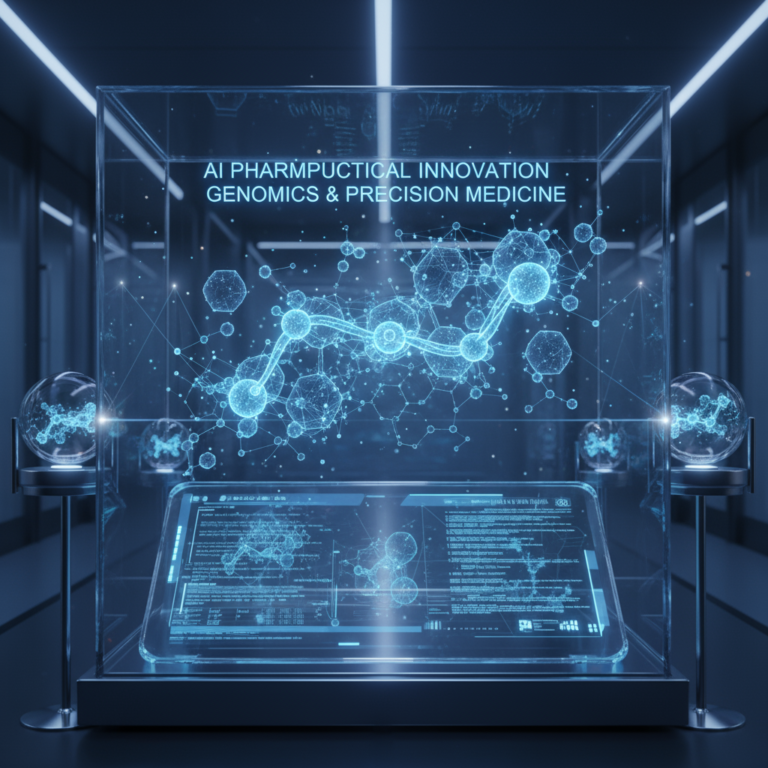

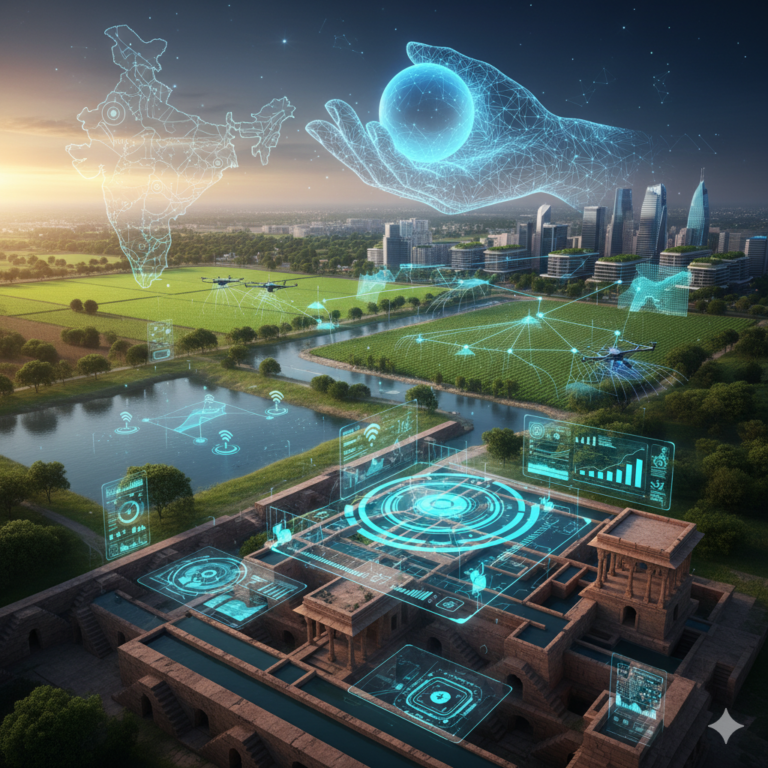


+ There are no comments
Add yours